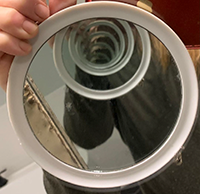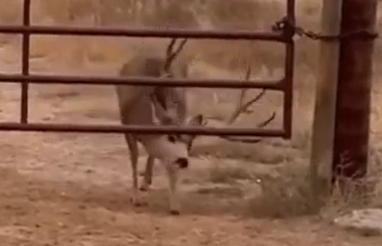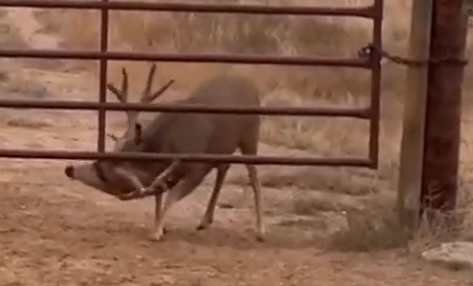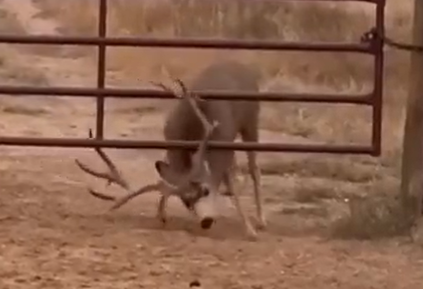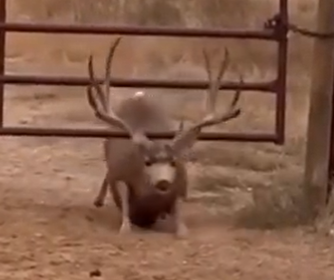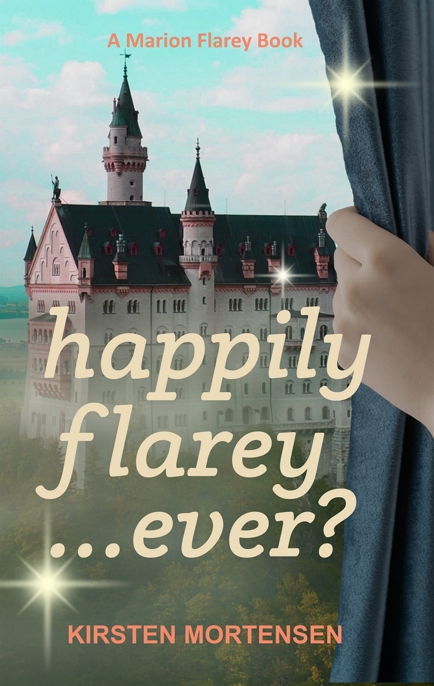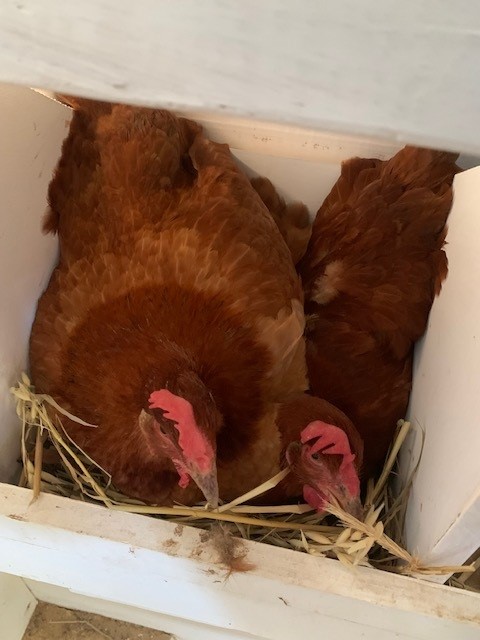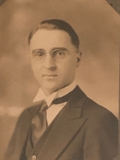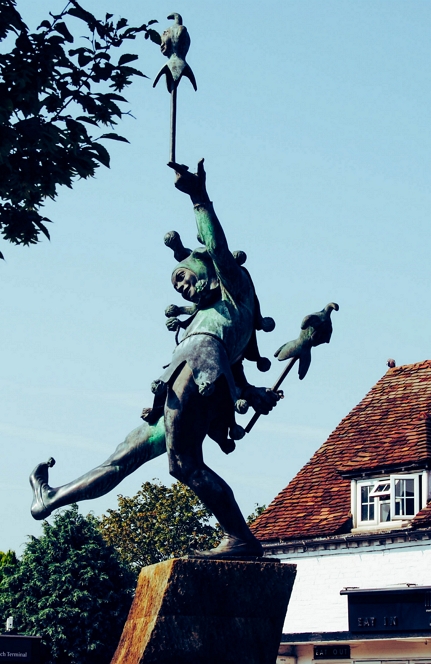COMING SOON!
He thought she was the one.
She asked him for a favor.
He agreed.
And that’s when things began to get truly strange...
An Extraordinary Favor of Unusual Proportions
Sign up for my newsletter! Be the first to know when my new novel is out!
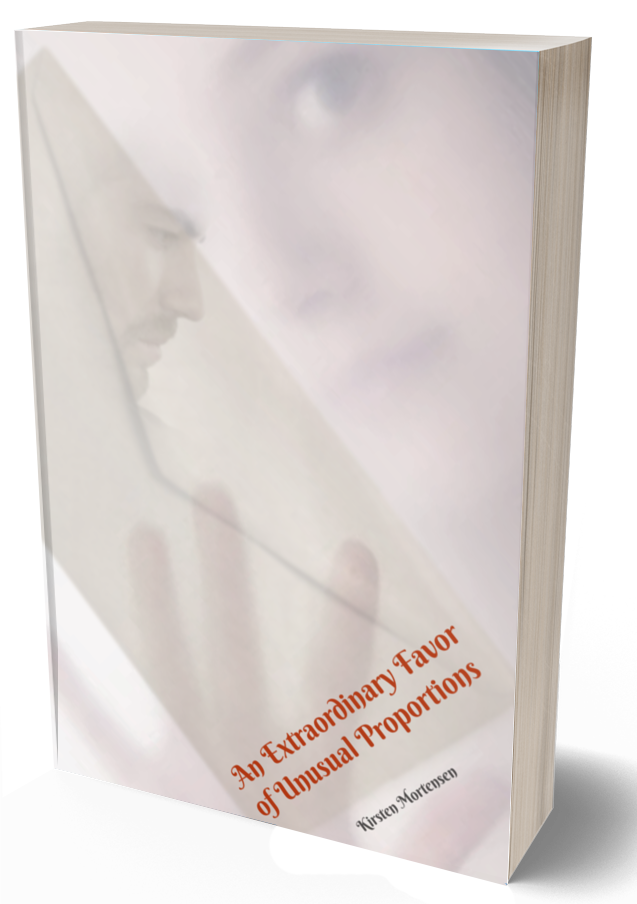
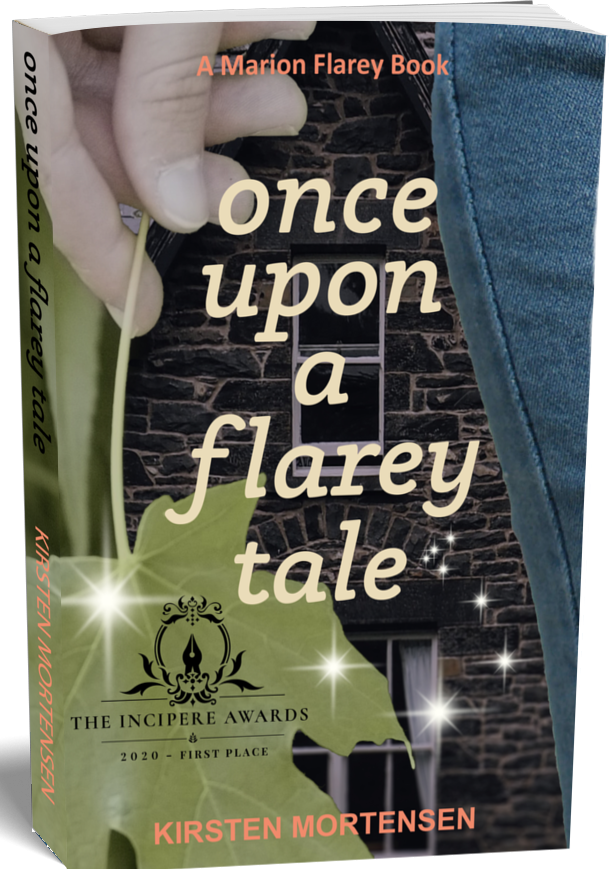
Meet Marion Flarey.
She believes in Fairy Tales.
Her new apartment?
It's a Tower.
Does that mean her Prince is on his way?
Once Upon a Flarey Tale
Available on Amazon for print or Kindle, or browse here for other e-formats.


She's Back!
She's got her prince.
Finally.
IF she can figure out
how to keep him...
Fo Fum Flarey
Book 2 of my Marion Flarey series.
Available now on Amazon (print or Kindle) or browse here for other e-formats.
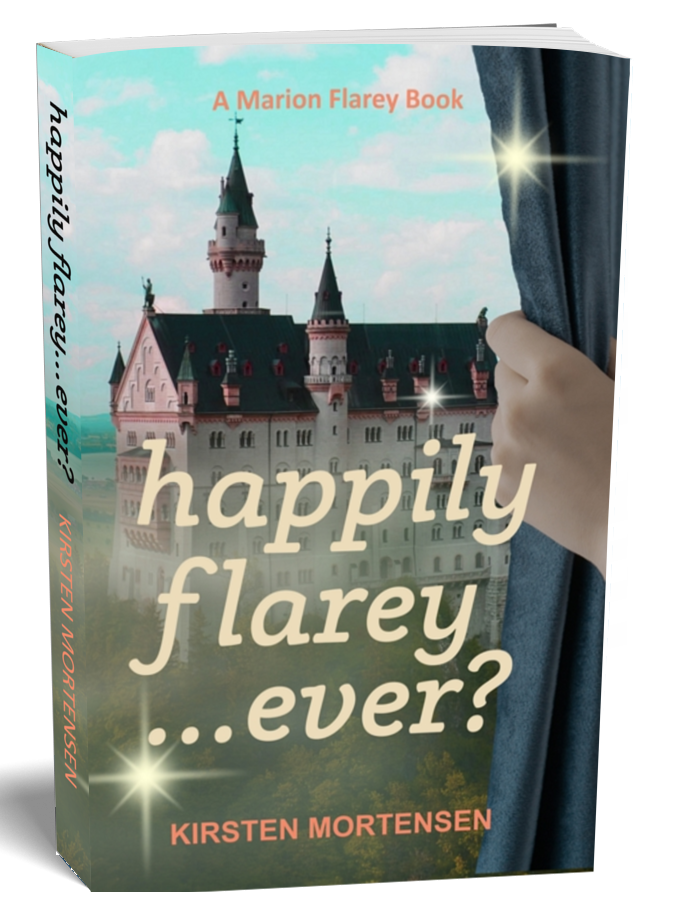
Now available!
She's lost two Princes.
But Fairy Tales teach the power of threes--and Marion's third Prince has suddenly reappeared.
Does this mean Marion will finally find her Happily Ever After?
Happily Flarey...Ever?
Book 3 of my Marion Flarey series.
Available now on Amazon (print or Kindle) or browse here for other e-formats.
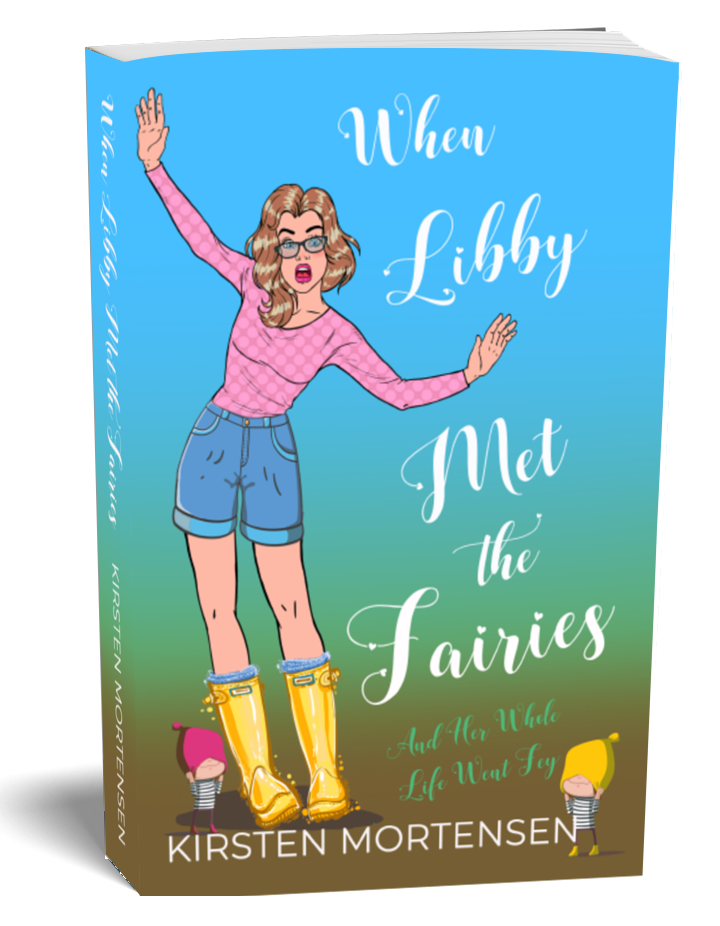
Oh, Libby...
She sees things that don't exist.
Her boyfriend thinks she's crazy.
And then?
The Internet found out.
When Libby Met the Fairies
And Her Whole Life Went Fey
Available on Amazon for print or Kindle, or browse here for other e-formats.
Are you a writer?
I built this guided notebook originally for my own use.
Now you can try it, too.
"It helped me keep the characters organized...I definitely recommend it."
"Helped shape my characters and their backgrounds. There should be more like this."
"I loved the first copy I got so much I got another one for another work in progress."
Character Tool for Novelists
$7.99 on Amazon (print only).


